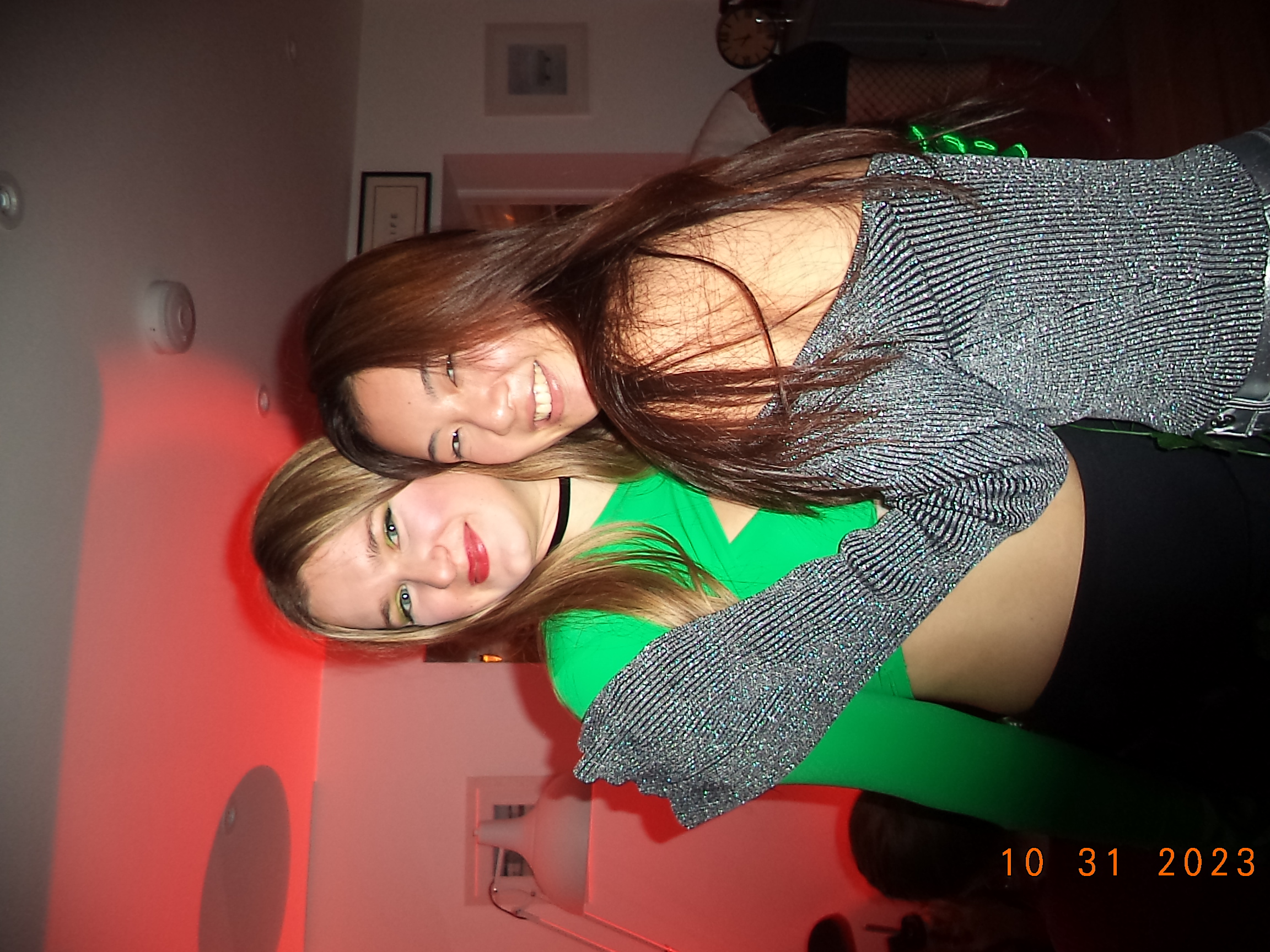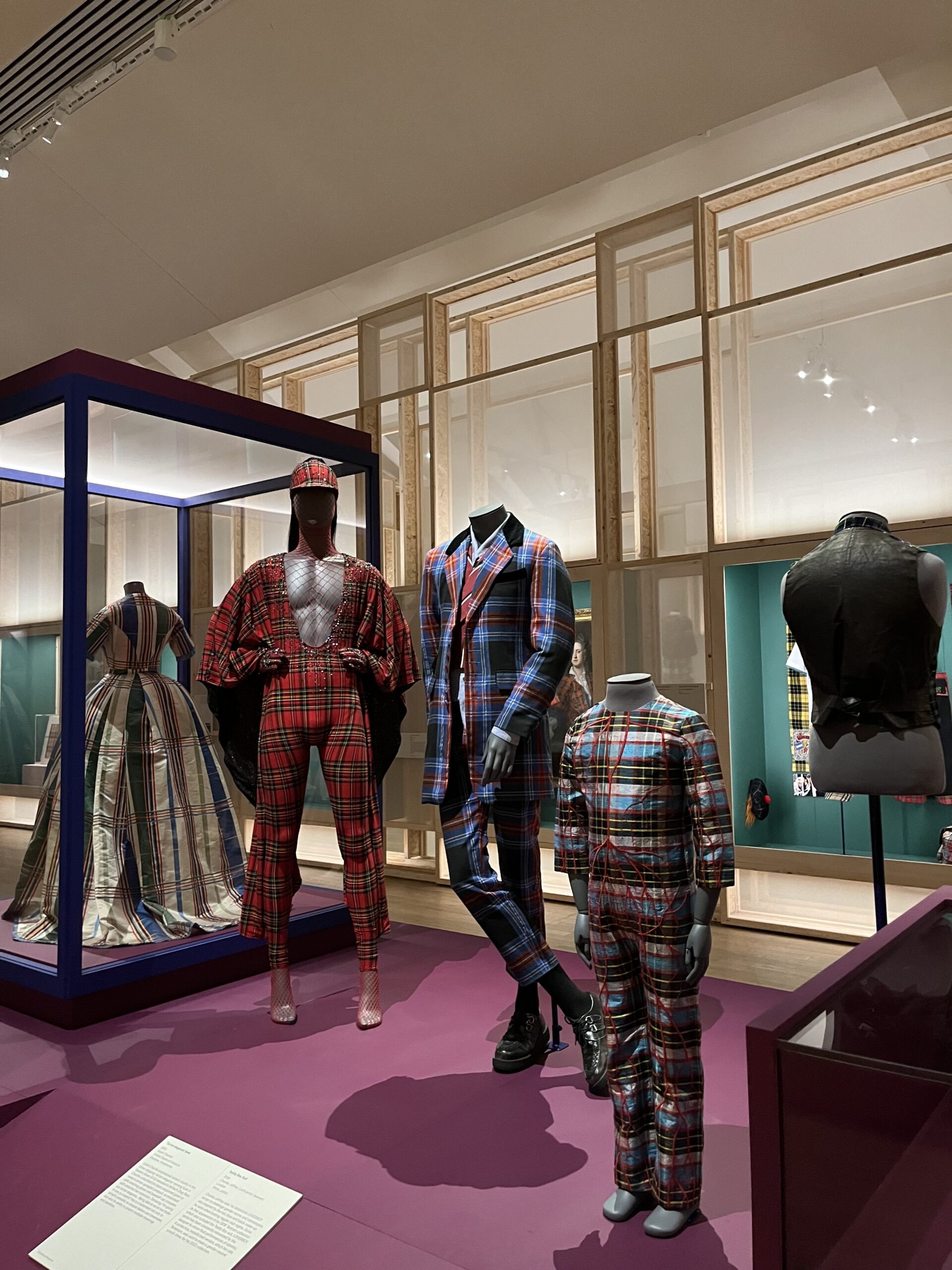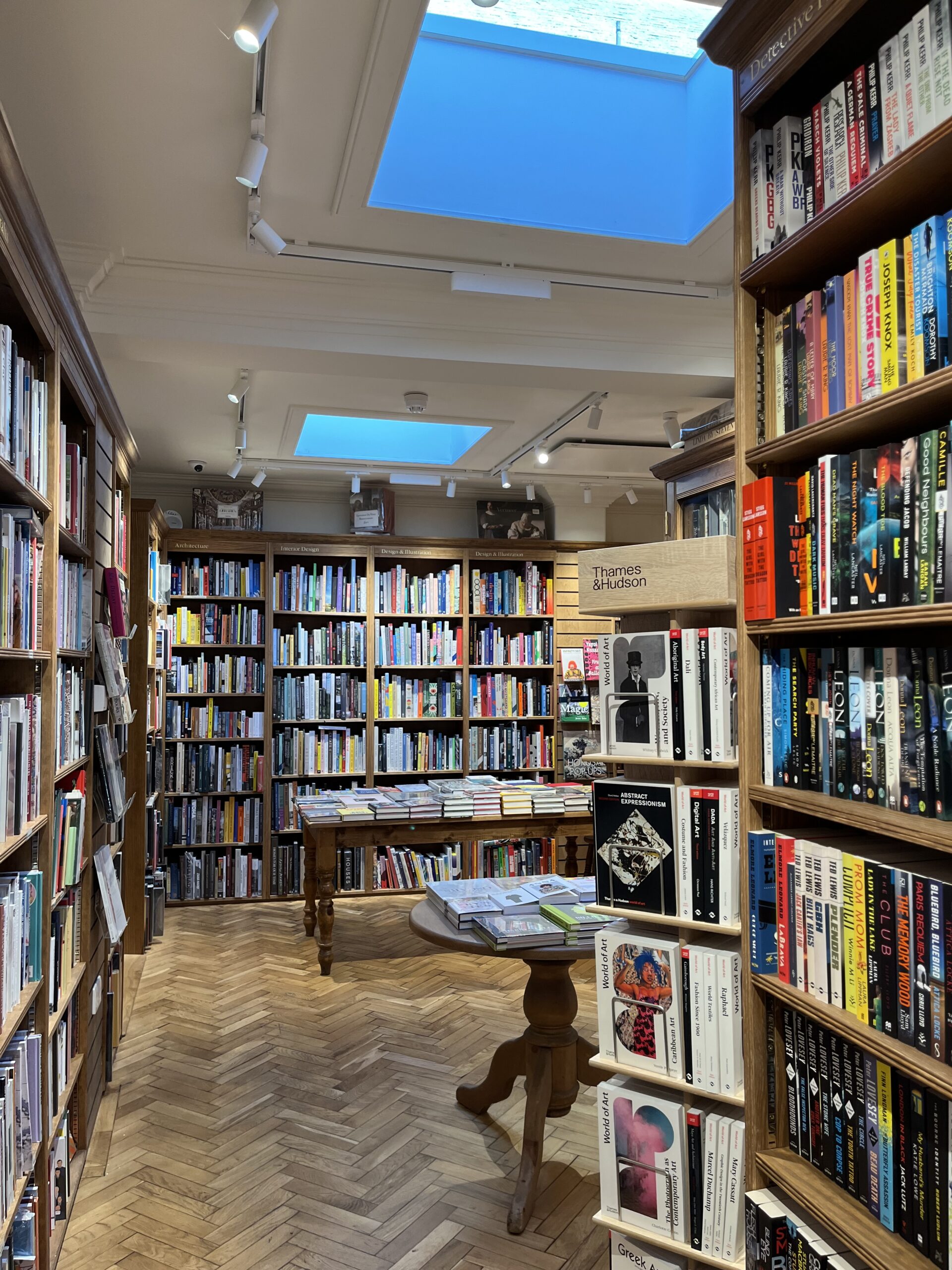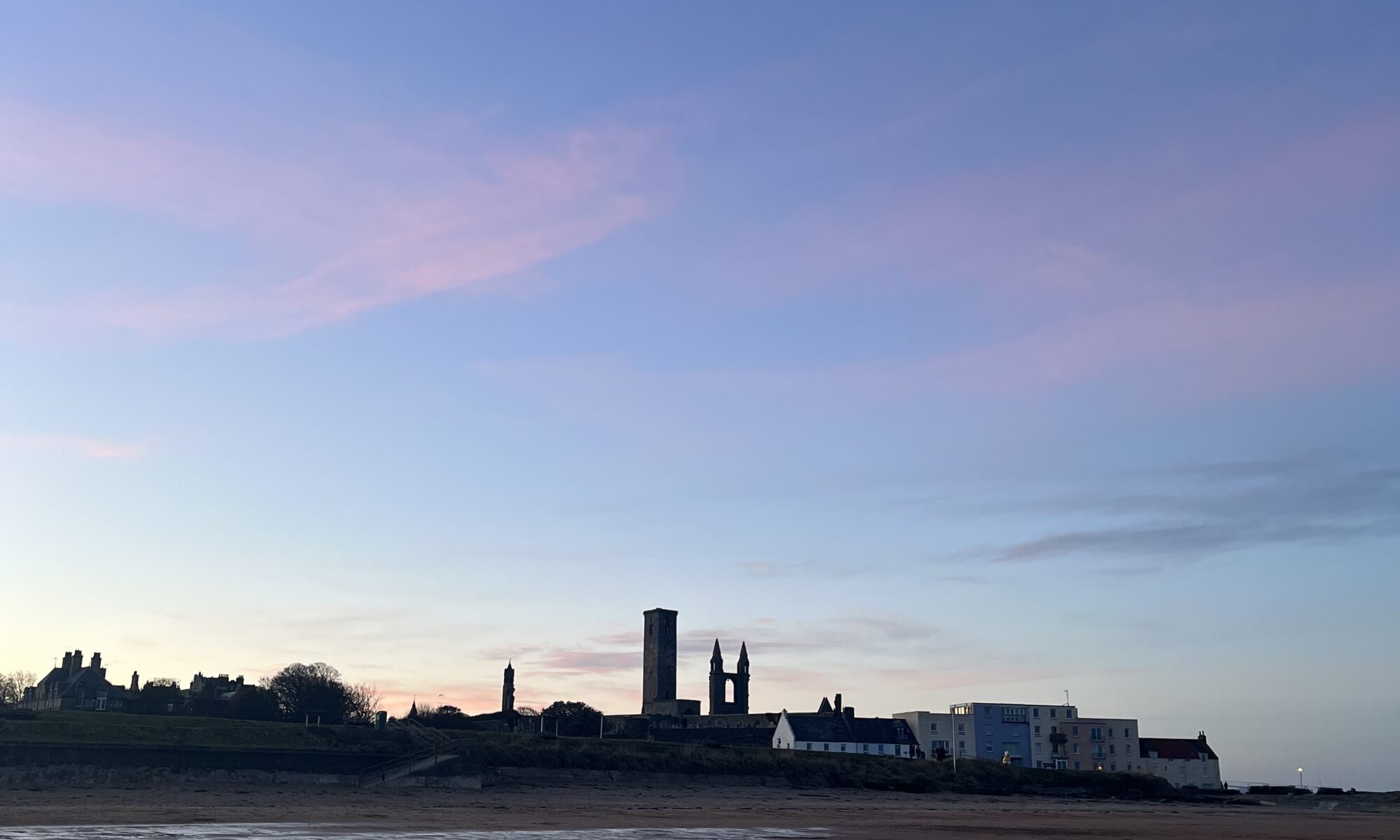In this post, I’ll be writing about my experience with the social culture in Scotland, while telling you about my favorite experiences forming friendships and getting adopted into an academic family.
Fresher’s week helped a lot with making friendships but most importantly were the spontaneous interactions I had on bus rides, study abroad advising, and in my dorm hallways. For me, the hardest social aspect has been maintaining friendships. On the hill, you’re running with your friend group because the campus is essentially a circle. In contrast, St As is majorly an international institution so they attract students from all over the globe. While living in the town and on the outskirts. There are not many dormitories that are as tightknit in comparison to Easy Street or off campus housing.
Additionally, you’re integrated with not just undergrads, but master students and PhD candidates as well. I’ve made memorable memories and friendships through grabbing coffee and scones, golfing, and even in class. Some of which are my mentors and aspirations to be. They have helped me stay grounded when I felt overwhelmed and lost in my own path of what I wanted to do.
Some major highlights have been attending Welly Ball and having an academic family. Throughout the year there will be balls hosted by charity committees that helps with building a network of friends. Welly is known for its black-tie attire paired with rainboots. It was an experience, and I would recommend trying at least one of these socials once.
During the first week of being on campus, I was with the Holy Cross girls on East Sands when a stranger sprinted towards us asking if we were seeking fathers. Don’t fret, this is very common because of a long running tradition at St As. Each year first years and any newcomers are adopted and guided by upper classmen to be a part of a family. You typically participate in Raisin week and May Dip that take part during the school breaks. Read more about traditions here!
Happy New Years!
Karen







